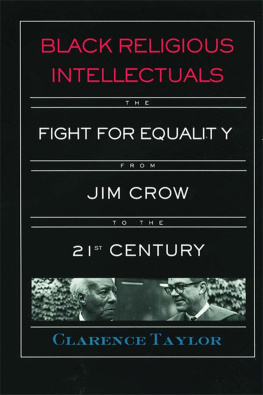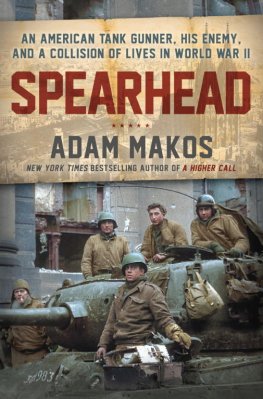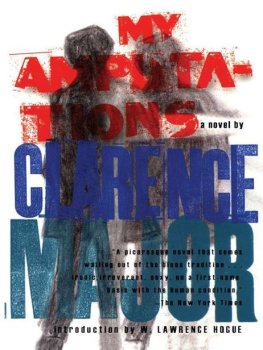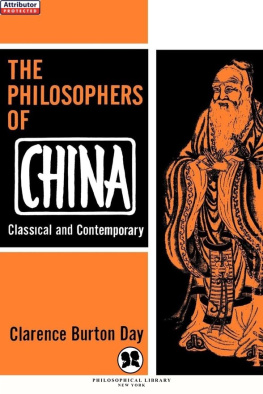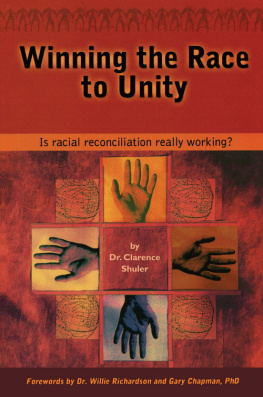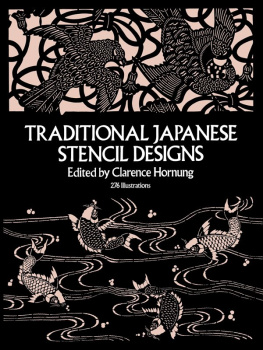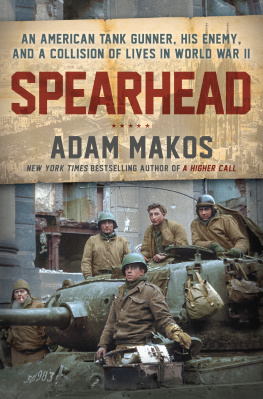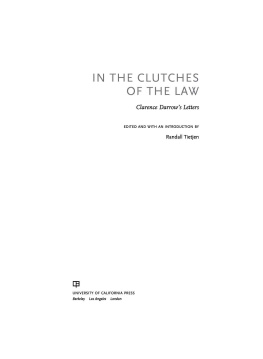Clarence Taylor - Fight the Power
Here you can read online Clarence Taylor - Fight the Power full text of the book (entire story) in english for free. Download pdf and epub, get meaning, cover and reviews about this ebook. publisher: NYU Press, genre: Politics. Description of the work, (preface) as well as reviews are available. Best literature library LitArk.com created for fans of good reading and offers a wide selection of genres:
Romance novel
Science fiction
Adventure
Detective
Science
History
Home and family
Prose
Art
Politics
Computer
Non-fiction
Religion
Business
Children
Humor
Choose a favorite category and find really read worthwhile books. Enjoy immersion in the world of imagination, feel the emotions of the characters or learn something new for yourself, make an fascinating discovery.

- Book:Fight the Power
- Author:
- Publisher:NYU Press
- Genre:
- Rating:3 / 5
- Favourites:Add to favourites
- Your mark:
- 60
- 1
- 2
- 3
- 4
- 5
Fight the Power: summary, description and annotation
We offer to read an annotation, description, summary or preface (depends on what the author of the book "Fight the Power" wrote himself). If you haven't found the necessary information about the book — write in the comments, we will try to find it.
Fight the Power — read online for free the complete book (whole text) full work
Below is the text of the book, divided by pages. System saving the place of the last page read, allows you to conveniently read the book "Fight the Power" online for free, without having to search again every time where you left off. Put a bookmark, and you can go to the page where you finished reading at any time.
Font size:
Interval:
Bookmark:
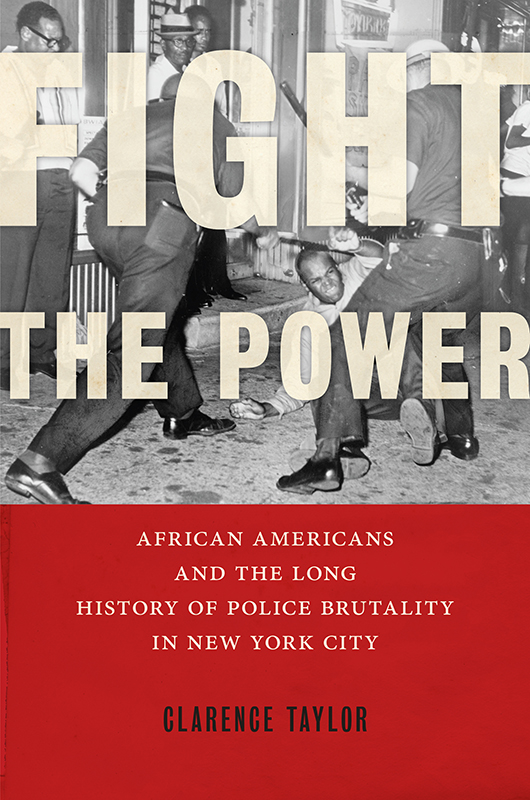
Clarence Taylor

NEW YORK UNIVERSITY PRESS
New York
NEW YORK UNIVERSITY PRESS
New York
www.nyupress.org
2019 by New York University
All rights reserved
References to Internet websites (URLs) were accurate at the time of writing. Neither the author nor New York University Press is responsible for URLs that may have expired or changed since the manuscript was prepared.
Library of Congress Cataloging-in-Publication Data
Names: Taylor, Clarence, author.
Title: Fight the power : African Americans and the long history of police brutality in New York City / Clarence Taylor.
Description: New York : New York University, [2019] | Includes bibliographical references and index.
Identifiers: LCCN | ISBN 9781479862450 (cl : alk. paper)
Subjects: LCSH: Police brutalityNew York (State)New YorkHistory. | African AmericansViolence againstNew York (State)New York.
Classification: LCC HV8148.N5 T39 2018 | DDC 363.2/3dc23
LC record available at https://lccn.loc.gov/2017060992
New York University Press books are printed on acid-free paper, and their binding materials are chosen for strength and durability. We strive to use environmentally responsible suppliers and materials to the greatest extent possible in publishing our books.
Manufactured in the United States of America
10 9 8 7 6 5 4 3 2 1
Also available as an ebook
On August 19, 2010, I served as the moderator of a panel examining the 1968 New York City teachers strike. The event took place at the Museum of the City of New York and was held in conjunction with its exhibition on mayor John Lindsay. Two weeks later, to my surprise, the museum invited me back to take part in a symposium on Mayor Lindsay and policing. I understood why I was asked to host the August 19 event; I had written a book on the teachers strike and had given several public talks on the fight for community control, a central focus of the strike, but I had never written on policing and John Lindsay. Nevertheless, I agreed to take part.
The symposiums moderator was Sam Roberts from the New York Times, and a number of people who had served in the Lindsay administration took part in the discussion. I had thought I would add little to the conversation, but that was not the case. When one symposium participant blamed Lindsay for the bad relationship between his administration and the police, I felt I had to refute him. I spoke about police brutality in black communities, how it had led to civil unrest and mistrust between blacks and the NYPD. I also pointed out that there is a long history of African Americans efforts to expose the brutality and bring it to an end. The ensuing questions from the audience and symposium participants alike made it clear that they were largely unaware of how the interactions of police and race had been polarizing the city for decades and continued to do so. I decided that evening to write this book.
Police brutality is the use of excessive force by police on citizens when such force is unnecessary. Unjust shootings, severe beatings, intimidation, verbal abuse, and psychological as well as physical coercion are some of its most common forms.
Policing and race have been a major focus of public discourse, with renewed emphasis beginning, perhaps, with the killing of Michael
But despite the recent focus on police brutality, there has been little examination by the media of the long history of the abusive imbalance of power between the police and black communities or the early campaigns by black people to expose and eliminate police brutality. Contemporary media coverage that does look at the past does not look very far back. In July 2014 the Huffington Post published an article by Matthew Mathias and Carly Schwartz titled The NYPD Has a Long History of Killing Unarmed Black Men. With the exception of James Powell, who was killed in 1965, all the victims profiled in the article were killed after 1990. In the preface to the ACLUs 1997 publication Fighting Police Abuse: A Community Action Manual, Ira Glazer, then the organizations executive director, writes of the 1991 police beating of Rodney King in Los Angeles, but with that exception, all the other incidents of police brutality listed in the manual happened no earlier than 1995.
Missing from all the above examples is any acknowledgment that police brutality against people of color long predates the 1960s, as have the vigorous campaigns mounted to address that abuse. And those few
Although police brutality has been a problem since the founding of professional police departments in the mid-nineteenth century, the starting point of this book is the 1940s, when New York experienced a massive wave of black migration from the South and of immigration from the Caribbean. The citys black population increased dramatically from 152,467 in 1920 to 327,706 in 1930. By 1940 it had jumped to 458,888, and by 1950 it reached 747,608. Harlems black population numbered 341,000 in 1950. As the black population grew, so did related institutions such as religious bodies, political parties, civic groups, civil rights organizations, and the black press. These institutions worked to improve the social and economic conditions of black people in the North and targeted racial oppression, one manifestation of which was police brutality.
As black communities and their institutions grew, the push for equal justice also increased. In the 1920s the Reverend Thomas Harten of Brooklyns Holy Trinity Baptist Church led protests against police assaults on black citizens. In 1925, for example, he held a rally of two thousand people at his church protesting police brutality. But such events were sporadic, and few black New York ministers in the early twentieth century turned to street demonstrations, rallies, or other forms of social protest to confront police practices. Protracted campaigns protesting police brutality against black people in New York were launched in response to the Harlem riots of 1935 and 1943, which were set off by police assaults on people of color. Both riots helped to spotlight police brutality. The black press, civil rights leaders, and others called loudly for an end to the police officers practice of brutalizing the citizens of Harlem.
This book examines the activist groups that carried out long campaigns, first sparked by the 1935 and 1943 riots, to end racially targeted police brutality. Those involved represented a wide spectrum of individuals and groups, ranging from the politically secular and religious left in the 1940s, black nationalists and civil rights leaders of the 1950s and 1960s, elected officials starting in the 1960s, and civil liberty groups on behalf of black and brown people who were subjected to the abuses of the policy of stop, question, and frisk beginning in the 1990s.
Activists in the 1940s realized that police brutality was one expression of a form of domination and extreme power police held over citizens, and they rejected the then-popular theory that rogue cops, just a few bad apples, were to blame. They and their successors understood that brutality was not only pervasive but sanctioned by the highest echelons of the NYPD. Until John Lindsay became New York Citys mayor in 1966, those in political power did nothing to curtail the police. One major reason, which persists today, was a matter of popular perception: the role of the police was to protect the lives and rights of white citizens, not the lives or rights of black criminals; they were control agents and crime fighters placed in the community to stop crime and criminals, not to act as social workers. The positive popular image of law enforcement and the general publics support of police officers is due in large measure to the fact that they put their lives on the line to protect citizens and maintain the peace by confronting the criminals in society. Their public image as a safeguarding force is reinforced by a narrative disseminated by the media, political leaders, popular culture outlets, and law enforcement agencies themselves. Since the 1940s radio programs and films, and later television, have portrayed heroic police saving the public from dangerous criminals. From the mid-1940s to the mid-1960s, Hollywood especially portrayed law enforcement as comprising men who enforced the law for moral and ethical reasons.
Next pageFont size:
Interval:
Bookmark:
Similar books «Fight the Power»
Look at similar books to Fight the Power. We have selected literature similar in name and meaning in the hope of providing readers with more options to find new, interesting, not yet read works.
Discussion, reviews of the book Fight the Power and just readers' own opinions. Leave your comments, write what you think about the work, its meaning or the main characters. Specify what exactly you liked and what you didn't like, and why you think so.

